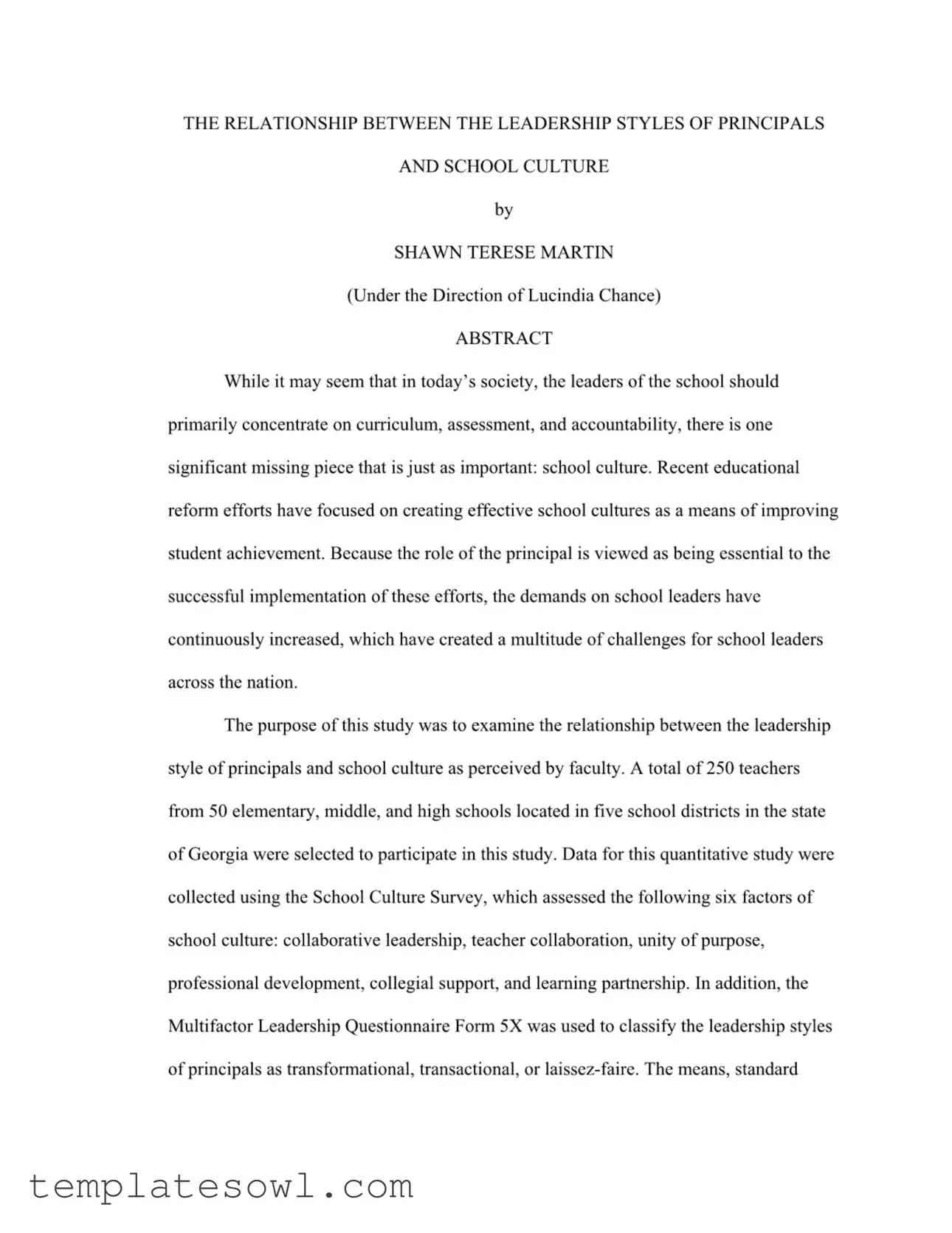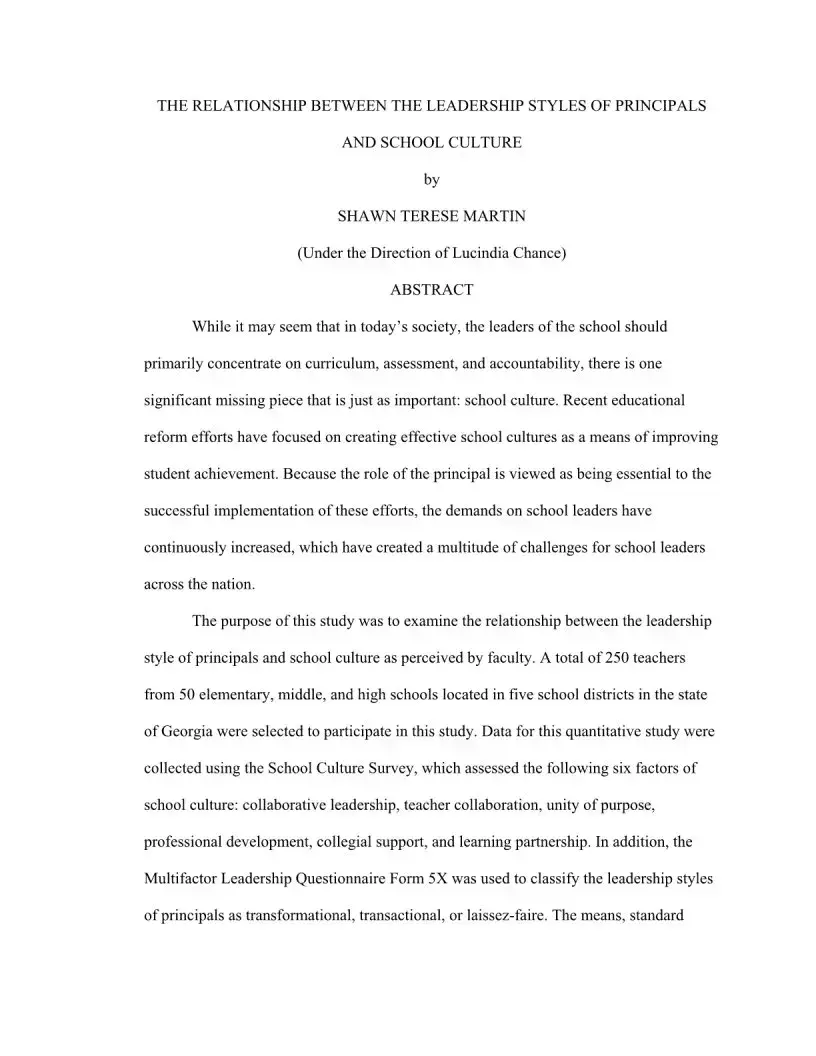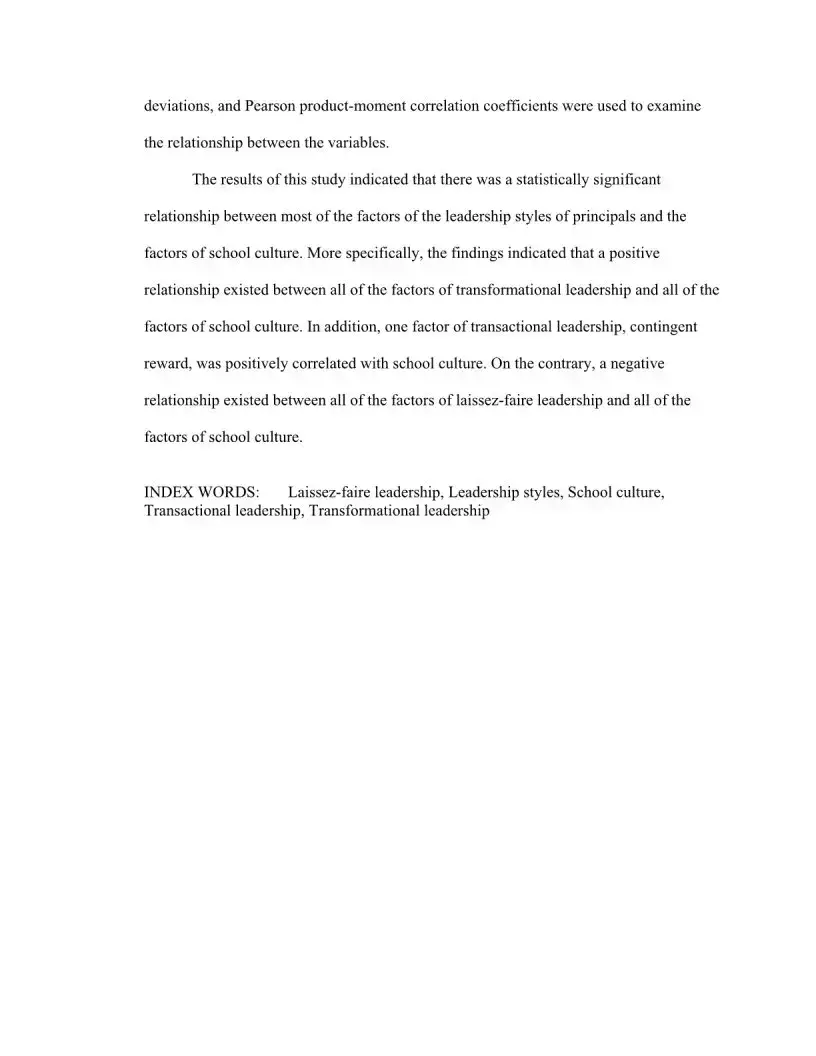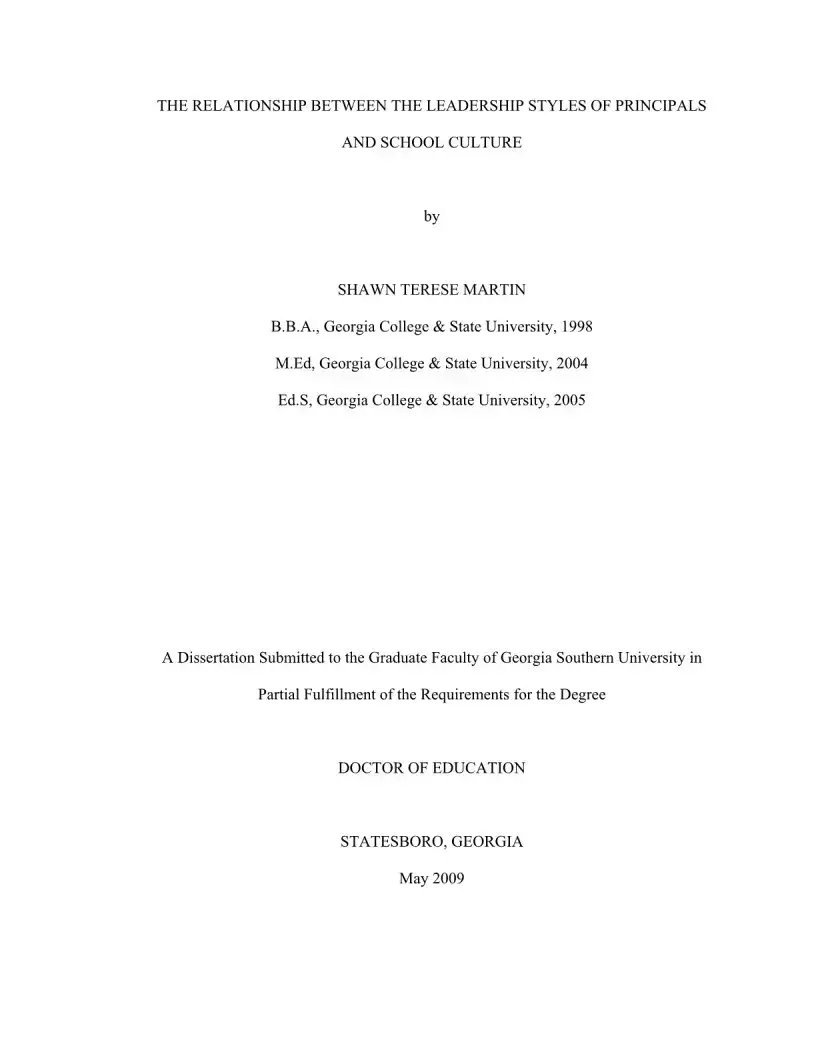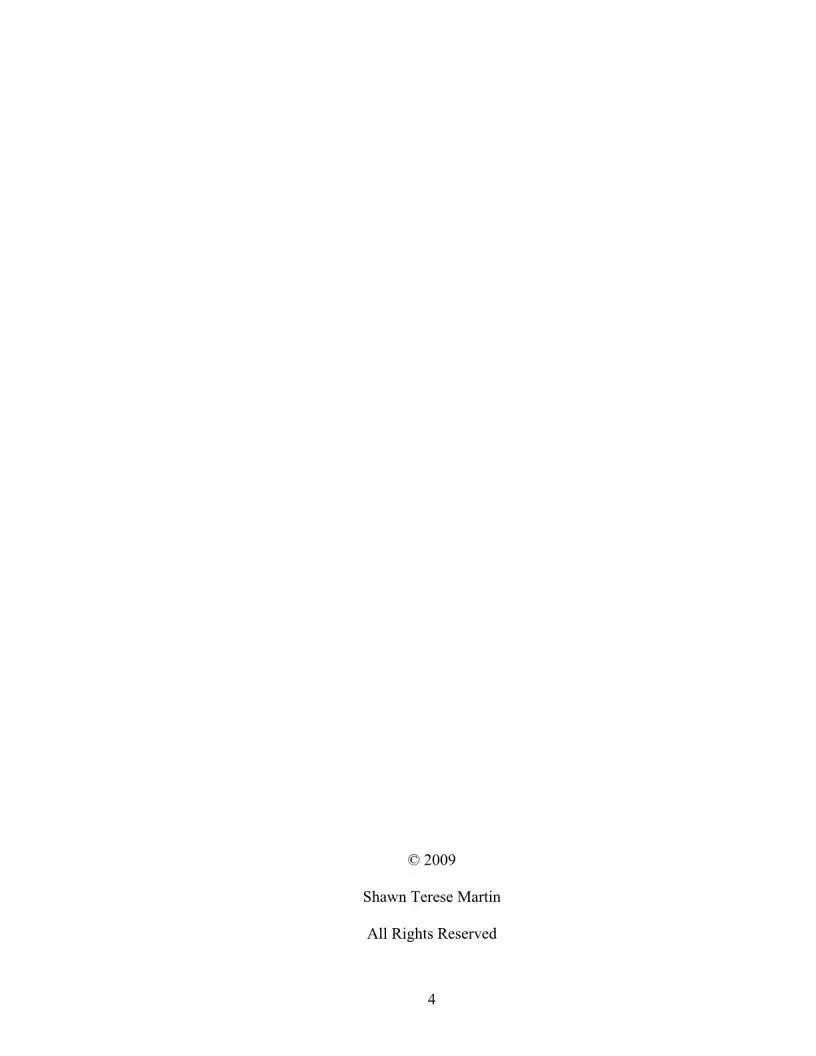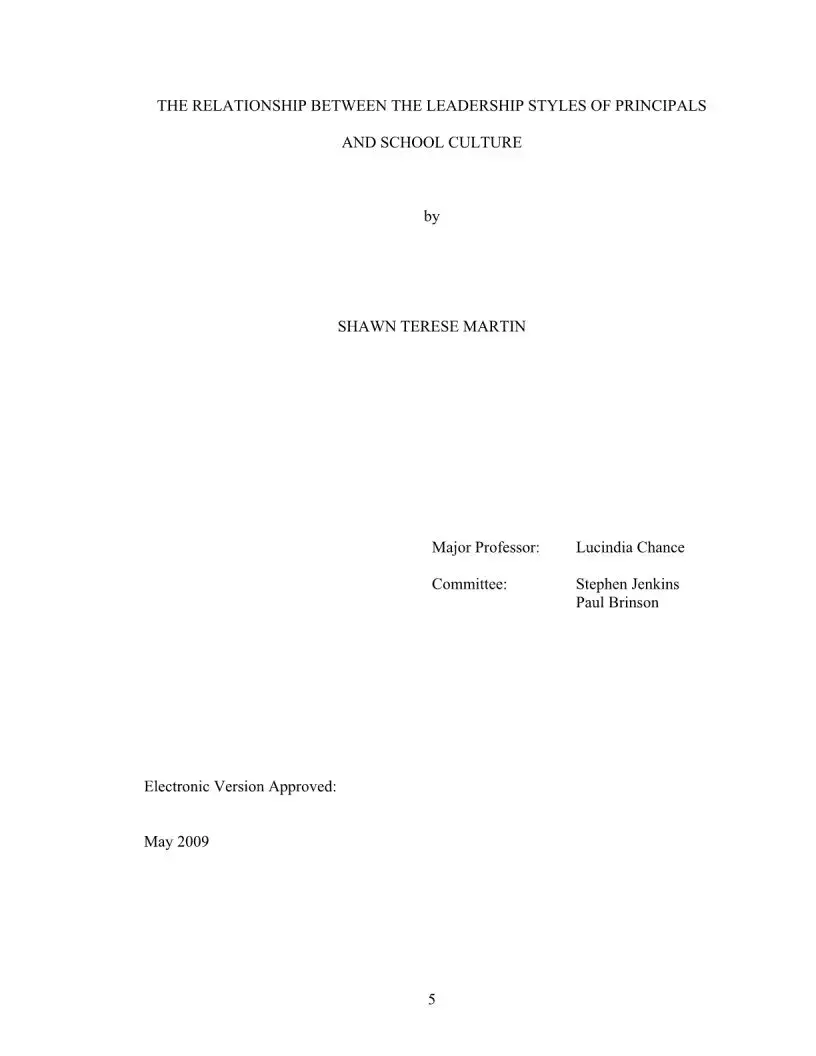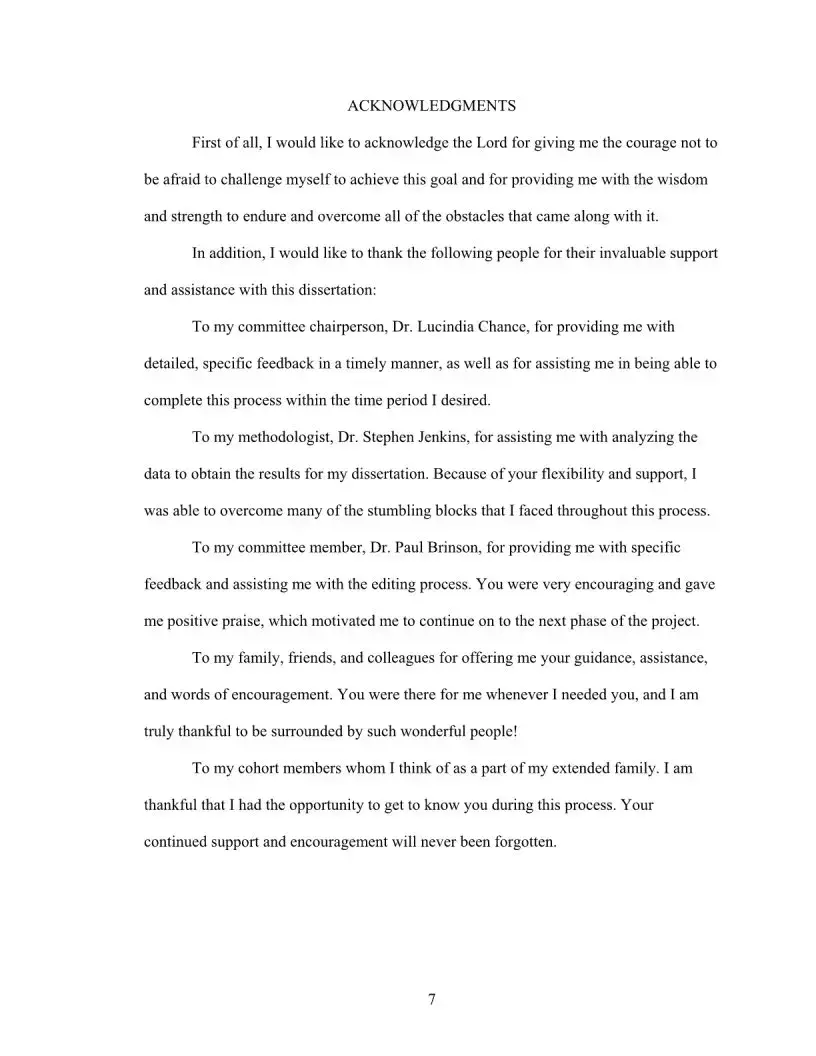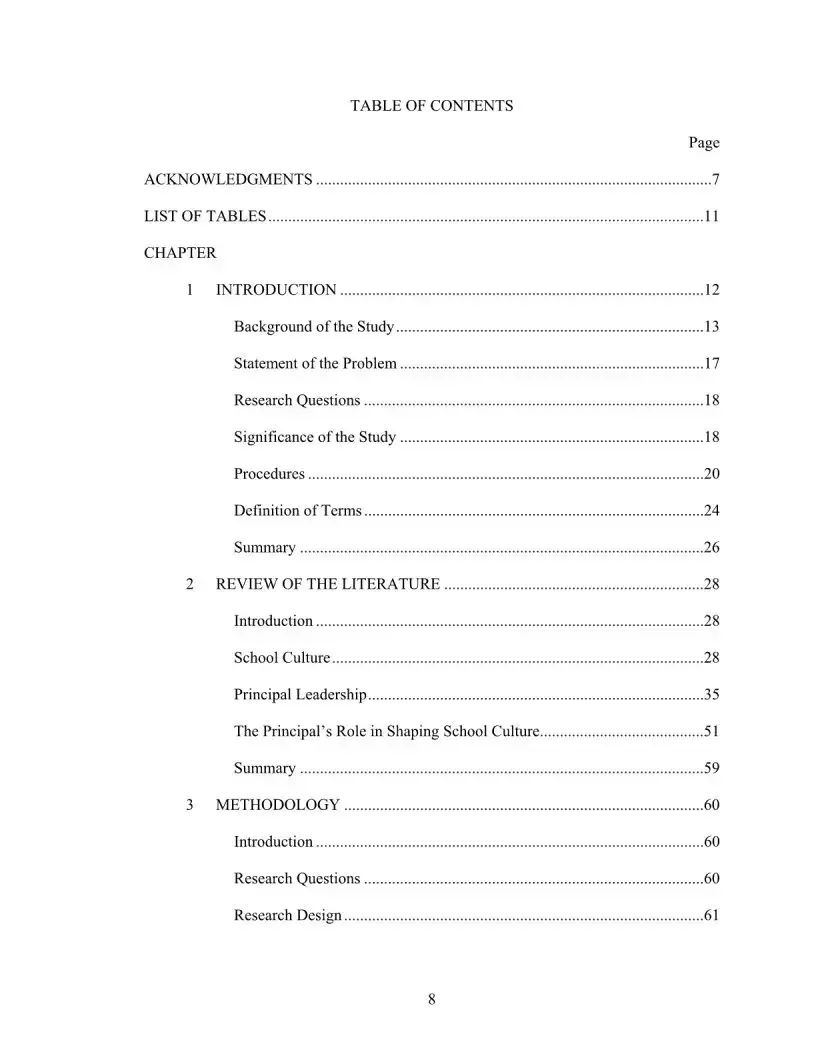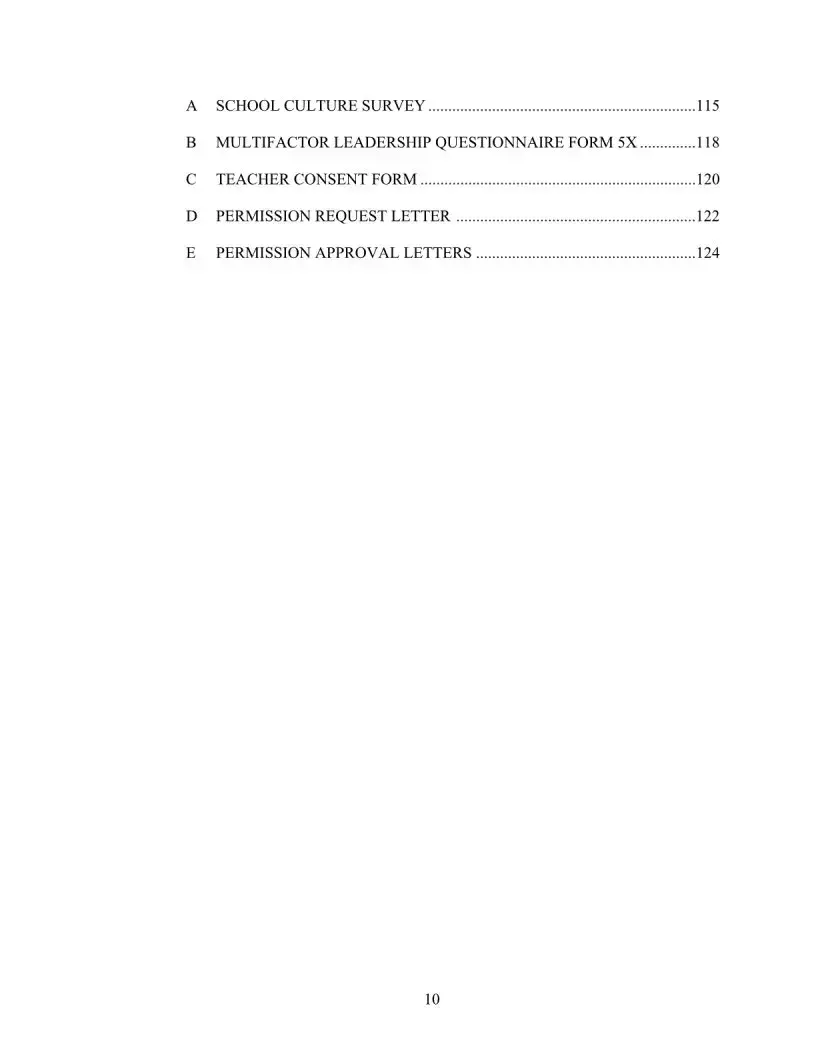What is the purpose of the MLQ 5X form?
The MLQ 5X form, or Multifactor Leadership Questionnaire Form 5X, is designed to assess the leadership styles of principals. It helps identify whether a principal's approach to leadership is transformational, transactional, or laissez-faire. By analyzing these leadership styles, schools can better understand how they affect school culture and overall student achievement.
Who can use the MLQ 5X form?
The MLQ 5X form can be utilized by educational leaders, researchers, and school administrators. It serves as a valuable tool for principals who want to evaluate their leadership style. It can also be beneficial for faculty members and educational consultants looking to foster a positive school culture.
How was the data for the MLQ 5X study collected?
For the study referenced, the data were collected from 250 teachers across 50 schools in Georgia. The researchers used the School Culture Survey alongside the MLQ 5X form to gather insights into the relationship between leadership styles and school culture. This dual approach provided a comprehensive view of how leadership impacts various cultural factors within the school environment.
What factors of school culture were measured?
The study focused on six specific factors of school culture: collaborative leadership, teacher collaboration, unity of purpose, professional development, collegial support, and learning partnership. By examining these factors, researchers aimed to understand how different leadership styles contribute to a positive or negative school culture.
What were the key findings regarding leadership styles and school culture?
Key findings revealed a significant relationship between most leadership styles of principals and the factors of school culture. Transformational leadership was positively linked to all cultural factors, indicating its effectiveness. In contrast, laissez-faire leadership practices were negatively associated with school culture. Notably, one aspect of transactional leadership, contingent reward, showed a positive correlation with certain cultural factors.
Why is understanding the relationship between leadership styles and school culture important?
Recognizing the relationship between leadership styles and school culture is crucial for improving student achievement and overall school effectiveness. Effective leadership can foster a positive environment that encourages teacher collaboration and professional growth. By understanding these dynamics, school leaders can take informed steps toward creating a thriving school culture that benefits both educators and students.
